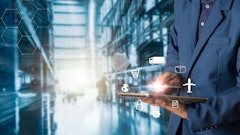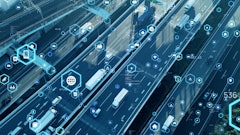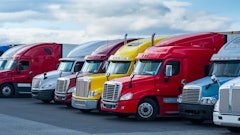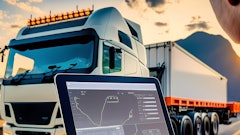
Dexory introduced DexoryView, a first-of-its-kind, artificial intelligence (AI)-powered logistics engine to help warehouses maximize operational efficiency, optimize inventory management, and enhance the overall warehouse agility and responsiveness.
“Traditionally the logistics industry relies heavily on historical data snapshots, making it highly reactive and prone to error,” says Andrei Danescu, CEO and co-founder at Dexory. “The pandemic started a major shift towards real-time, actionable insights. Our autonomous robots already give an unprecedented level of visibility on inventory within warehouses. Now combined with AI, we’re allowing our customers to enter a new era of efficiency and productivity. Dexory is thrilled to be leading this transformation.”
Key takeaways:
- Through its multi-site, digital twin platform, DexoryView will now enable warehouse operatives to process millions of precise data sets captured daily across warehouses via autonomous robots, providing real-time access to insights and predictive analytics that enable businesses to make smarter, faster decisions.
- The combination of computer vision, machine learning, natural language processing and large language models will allow warehouse operators to maximize efficiency across critical drivers such as space utilization, inventory, working time and machinery utilization.
- The platform combines the use of autonomous robots to scan warehouses of 1 million square feet and over 100,000 pallets a day.
- Additional benefits include implementation of slotting methods, consolidation of stock, space optimization and path planning; state-of-the-art image analysis and machine learning models to automatically detect and address issues like damaged stock, fallen inventory and rack infrastructure damage to enhance compliance; and sensor fusion across various data sets, including temperature, humidity and gas detection to track and address critical surrounding factors over time to control if goods are stored in the correct conditions.

























